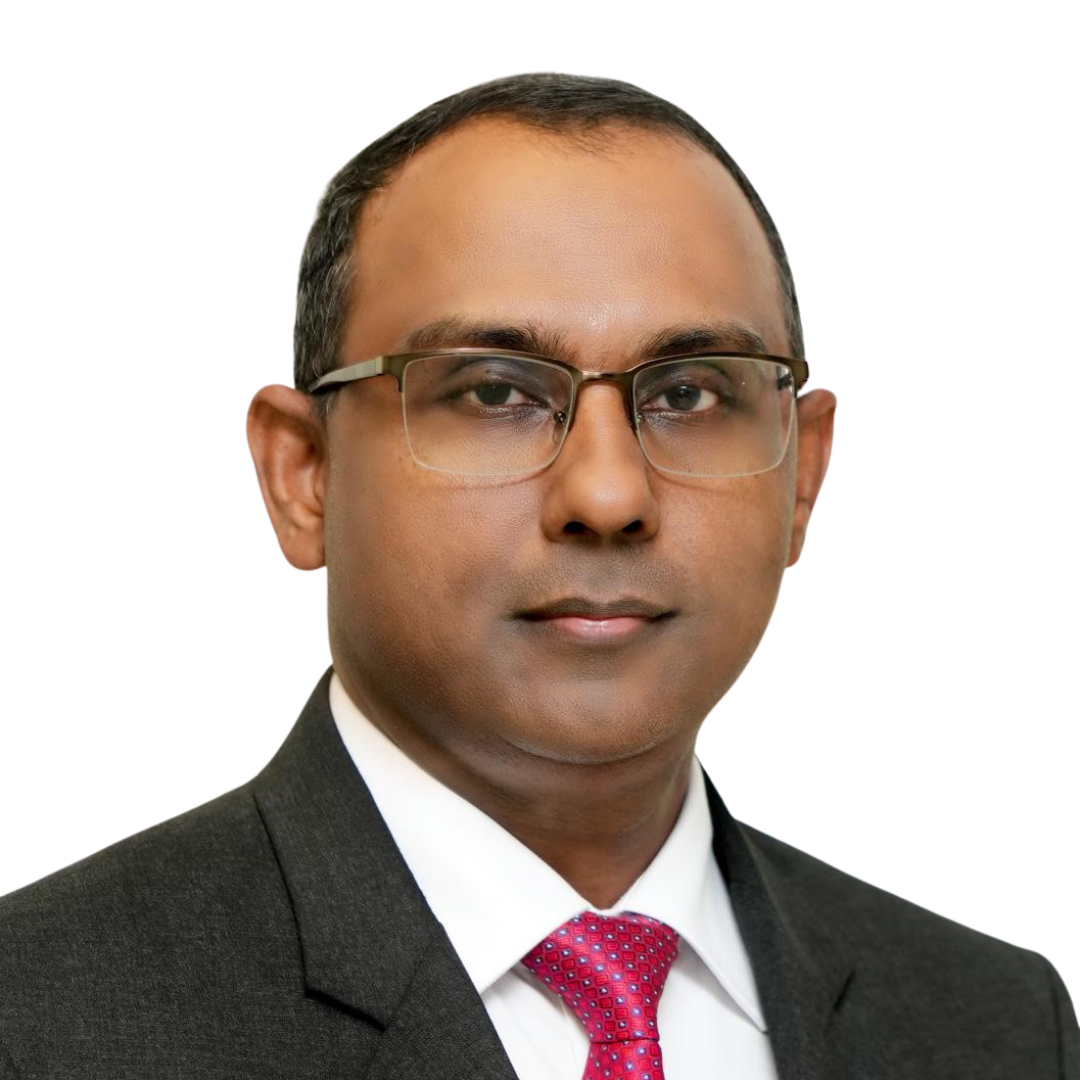Fact Check
To check this claim, FactCheck.lk consulted the Weekly Economic Indicators of the Central Bank of Sri Lanka (CBSL), IMF’s Balance of Payments Manual sixth edition (BPM6), and IMF Country Report No. 23/12.
The assistant governor’s figure aligns with the CBSL’s weekly economic indicators, which cite the Official Reserve Asset at USD 4.3 billion by the end of December 2023. However, upon closer examination of the criteria for reserve reporting, the accuracy of this figure is contested.
Since March 2021, the CBSL has had a swap facility with the People’s Bank of China (PBoC) of RMB 10 billion (approximately USD 1.4 billion). However, an examination of the CBSL reports’ footnotes from November 2021 to March 2022 reveals that this facility, which was not previously counted as reserves, has only been counted as part of the reserves since December 2021. The late inclusion of the swap suggests that the criteria used to report reserves had been adjusted.
According to international standards (BPM6), the reserve assets must be under the direct and effective control of the monetary authority and readily available without condition. The PBoC swap, by these standards, does not qualify as a reserve asset due to not fulfilling several of these conditions (see Additional Note 1).
The IMF’s recent staff report distinguishes between reported gross official reserves and usable reserves, highlighting the discrepancy between the two. It also does not recognise the PBoC swap as part of usable reserves. Definitionally, “unusable reserves” is an oxymoron on the basis of the definition of a reserve asset in BPM6. Likewise, even government ministers and President Ranil Wickremesinghe have stated that reserves were close to “zero” in April 2022. In doing so, they have also asserted the international standard (BPM6) under which the PBoC swap does not constitute reserves.
As such, the amount of reserve assets of the CBSL, assessed according to the relevant reporting standards, is only USD 3.0 billion. This figure is significantly below the assistant governor’s claim of USD 4.4 billion. The assistant governor is using the official reporting of the CBSL, even though on the above analysis that reporting is flawed.
Therefore, we classify this statement as PARTLY TRUE.
Additional Note 1:
IMF definition of reserve assets
“Reserve assets are those external assets that are readily available to and controlled by monetary authorities for meeting balance of payments financing needs, for intervention in exchange markets to affect the currency exchange rate, and for other related purposes (such as maintaining confidence in the currency and the economy and serving as a basis for foreign borrowing).”
Underlying the concept of reserve assets are the notions of “control,” and “availability for use,” by the monetary authorities.
To qualify for classification as a reserve asset, the asset must be:
- a claim on a nonresident or in gold bullion of significant purity (BPM6, paragraphs 6.65 and 6.78);
- owned or under the direct and effective control of the monetary authorities (BPM6 paragraph 6.67);
- readily available in the most unconditional form (i.e., be liquid) (BPM6 paragraph 6.69);
- denominated and settled in convertible foreign currencies that are freely usable for settlements of international transactions (BPM6 paragraph 6.72);
- of high quality (in general) (BPM6 paragraph 6.70).
Additional Note 2: The CBSL does not explicitly mention the useability restrictions for the PBoC swap. However, several press articles and the IMF staff report state that one of the restrictions of the PBoC swap is that it becomes useable when the GIR of Sri Lanka exceed the equivalent of three months’ worth of the previous year’s import cover.
Sources
Central Bank of Sri Lanka. (2023). Weekly indicators. https://www.cbsl.gov.lk/en/statistics/economic-indicators/weekly-indicators
International Monetary Fund. (2023). Sri Lanka: First review under the extended arrangement under the extended fund facility (IMF Country Report No. 23/12). https://www.imf.org/en/Publications/CR/Issues/2023/12/12/Sri-Lanka-First-Review-Under-the-Extended-Arrangement-Under-the-Extended-Fund-Facility-542441
International Monetary Fund. (2009). Balance of payments and international investment position manual (6th ed.). https://www.imf.org/external/pubs/ft/bop/2007/bopman6.htm
International Monetary Fund. (2023). Frequently asked questions on the IMF’s reserve position in the SDR Department. https://www.imf.org/external/np/sta/ir/IRProcessWeb/pdf/faqapp.pdf
Central Bank of Sri Lanka. (2023). The Central Bank of Sri Lanka enters into a bilateral currency swap agreement with the People’s Bank of China. https://www.cbsl.gov.lk/sites/default/files/cbslweb_documents/press/pr/P.R_20210322_The%20Central%20Bank%20of%20Sri%20Lanka%20enters%20into%20a%20Bilateral%20Currency%20Swap%20Agreement_E.pdf
Mallawarachi, B. (2022, February 9). Sri Lanka foreign reserves at record low, politics in crisis. AP News1https://apnews.com/article/covid-business-health-economy-sri-lanka-a742a0ebe7a7e0734960d68e49bed69a
Wickramasinghe, R. (2023). Statement of government policy by the President Hon. Ranil Wickramasinghe presented on 2023-02-08 at the ceremonial opening of the fourth session of the ninth parliament. Parliament of Sri Lanka. https://parliament.lk/files/documents_news/2023/gov-policy-statement-en.pdf


